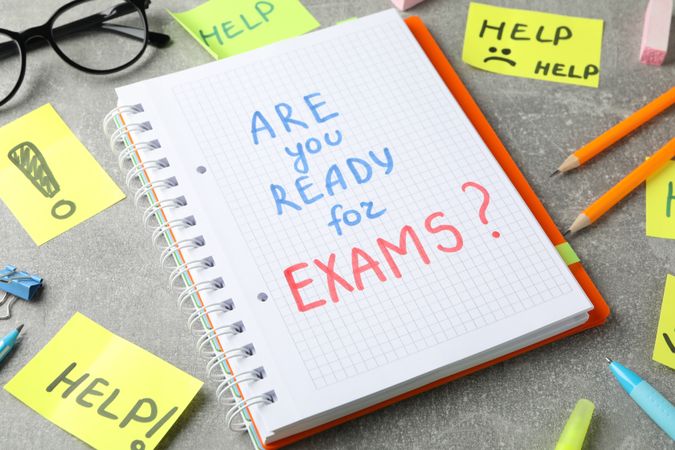Attention Deficit Disorder (ADD) and Attention Deficit Hyperactivity Disorder (ADHD) are common challenges faced by many high school students, especially when it comes to preparing for midterms – or any test for that matter. Standard study tips often fall short for those with ADD/ADHD, but fear not! In this post, we’ll explore some study hacks specifically tailored to help you, as a student with ADD/ADHD, ace your midterms and elevate your study game.
Embrace Your Learning Style
Everyone has a unique learning style, especially students with ADD/ADHD. Are you a visual learner, or do auditory explanations resonate more? Perhaps you’re kinesthetic, learning best through movement and hands-on activities. Identify your style and tailor your study methods accordingly. Use colorful diagrams, listen to educational podcasts, or engage in physical activities related to your subject.
Embrace the Power of Short Study Bursts
Long study sessions can be daunting and ineffective. Micro-scheduling involves breaking your study time into shorter, more manageable segments. For instance, study for 25 minutes and take a 5-minute break. This technique, known as the Pomodoro Technique, can significantly enhance focus and retention for students with ADD/ADHD.
Interactive Study Techniques
Active engagement with your study material can be a game-changer. Instead of passively reading, try teaching the material to an imaginary audience or discussing it with peers. Create flashcards, engage in quizzes, or use apps designed for interactive learning. This active approach can help maintain focus and improve understanding.
Tailor Your Study Environment
Your study space matters more than you think. Create an environment that minimizes distractions. This doesn’t mean complete silence, which can be just as distracting for some. Experiment with background noise levels, like soft music or ambient sounds, to find your sweet spot. Personalizing your study area with colors and items that calm or focus your mind can also be a game-changer.
Leverage Technology Wisely
Technology is a double-edged sword. Use it wisely to aid your study. There are numerous apps designed to help with focus and organization, essential for ADD/ADHD students. Try to stay off your phone, or Trello to organize your study topics. Remember, technology should be a tool, not a distraction.
The Strategic Use of Rewards
Implement a reward system for your study milestones. Finished a chapter? Reward yourself with a small treat or a short activity you enjoy. This system creates positive reinforcement and motivates you to keep going. Choose rewards that are meaningful to you and won’t derail your study progress.
Final Thoughts
Studying for midterms with ADD/ADHD doesn’t have to be a daunting task. By implementing these unconventional strategies, you’re not just preparing for an exam; you’re learning how to leverage your unique strengths. Remember, what works for one person may not work for another. Experiment with these hacks, find your perfect mix, and watch your academic performance soar!
More tips on how to finish 2023 strong and get ready for 2024!
____________________________________________________
Would your child benefit from midterm test prep support? Don’t wait to contact us! Explore our tutoring services today and help your child ace these important tests!
_______________________________________________________________________________

